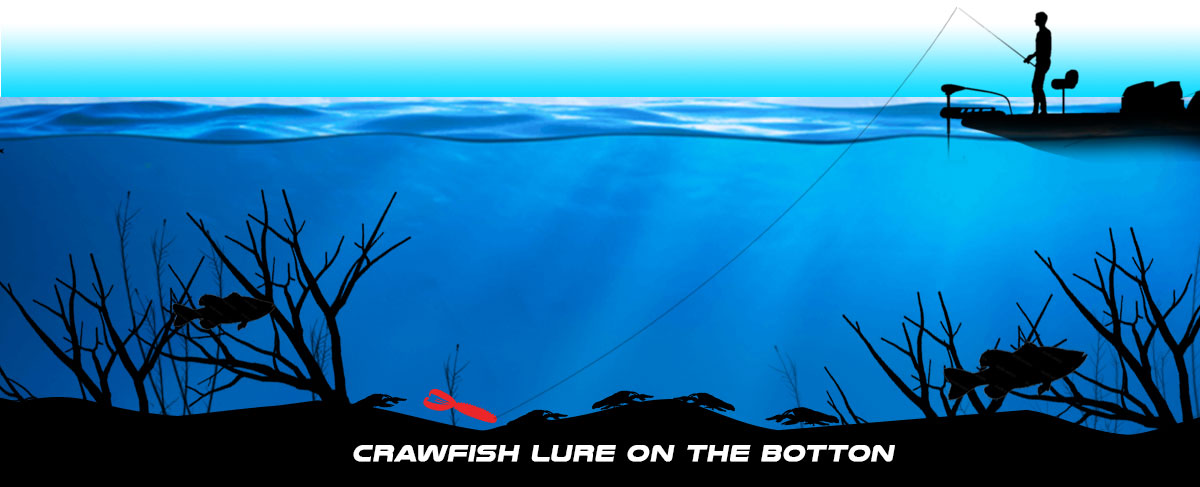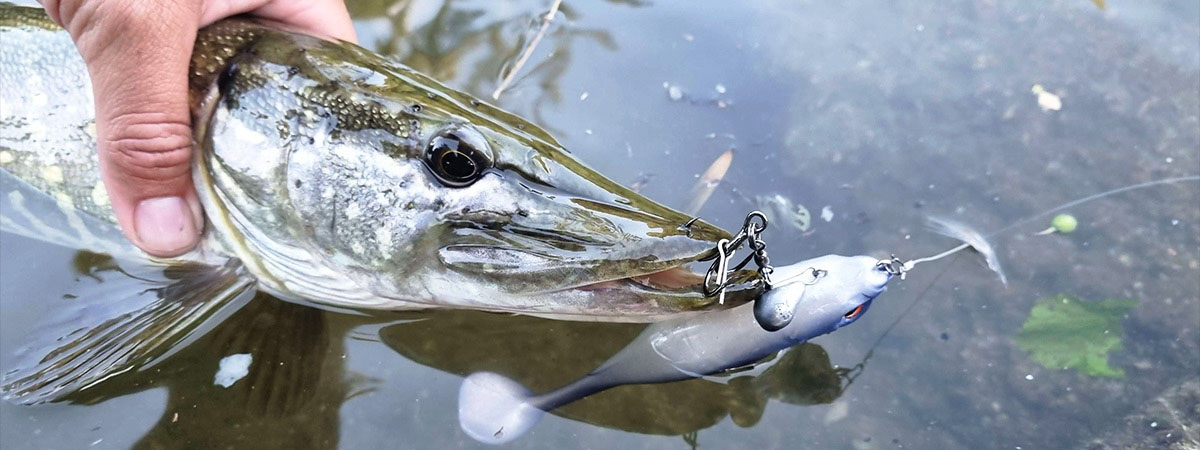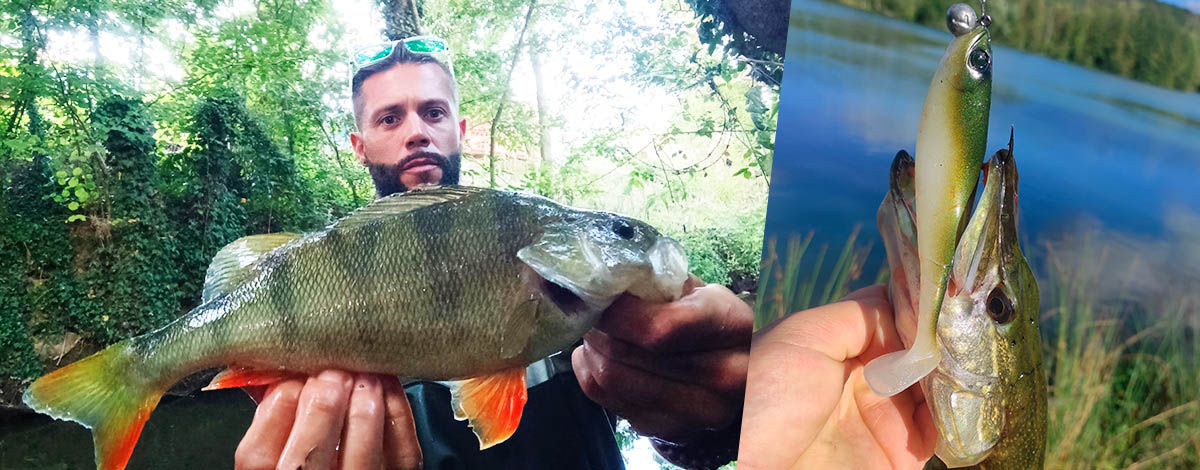How to work a lure?

How to work a lure?
There’s more to fishing than just cast and retrieve, how to work a lure and the various fishing techniques are what it takes to catch fish. Predatory fish are increasingly difficult to catch by lure fishing and the angler needs to keep getting better if he wants success in his fishing trips. We have to know how to work a lure, after all unlike live bait, they won’t work themselves!

How to work a lure, soft plastic lures
Of all type of lure, soft baits are typically those that require the most input from the fisherman. In a fishing tackle box, you will find a huge variety of lures and rigging options. Whether it’s the traditional jig head, Texas rig, or weightless, each need to imparted life to look like a bait fish. This motion is imparted to the lure through the rod tip. Indeed, the fishing rod motion dictates the lure action.
For crawfish imitation, we want a slow hopping on the bottom with long pauses. Dragging the bait on the bottom is also a good way to closely imitate a real crayfish. Still on the bottom, but with worms, we also hop and drag the bait. Note that some worms such as curly tails can be retrieved by swimming them in the water column. For bait fish imitation we can alternate a swimming action with bottom hopping depending on the types of fish present in the body of water.
How to work wire baits
Spinning lures such as spinnerbaits, buzz baits, or inline spinners require a more steady retrieve. How to work a lure in this case is more about speed than anything else. With speed will come depth and general attractiveness. That being said, in absence of cover it’s important to break the cadence every now and then with a quick snap of the wrist. It’s true for both spinnerbait and buzzbait, experience shows it’s often these little breaks and irregularities that will draw a bite.
Vibrating jigs fall in a totally different category however. They can be fished with a straight retrieve live a spinnerbait, but they will require a more detailed action from the angler. Actually, they should be more thought of as jigs, swimming jigs than true wire baits. They can be hopped on the bottom or vigorously pumped up and down around the cover. Just let the lure follow the contour and find the fish for you.
How to work hard baits
Let’s start from top to bottom to understand how to work a lure. A surface lure needs to be given a cadence such as walking the dog with a stickbait. It requires a specific coordination of rod and reel to achieve. Poppers and chuggers also have to be worked with rod twitches and pauses. It’s all about trying to look like the real thing.
By and large, crankbaits are mostly straight retrieve lures, much like spinnerbaits really. The right angle, boat positioning, and speed are where crankbait fishing finds success or failure. Off course, it’s important to add pauses, occasional acceleration with lipless crankbaits and other minor changes.
Jerkbaits on the other hand require a big work out on the part of the fisherman. Some models need hard jerks while others only need light twitches. The jerk pause cadence is essential too. The general principle is that the colder the water, the longer the pause.
When learning how to work a lure, it’s important to remember the important lesson I learned while fly fishing, that less is usually better. We tend to overwork our lures, fish too fast, and just overdo it. The best lesson is to do less, and let the lure do the work for you!






